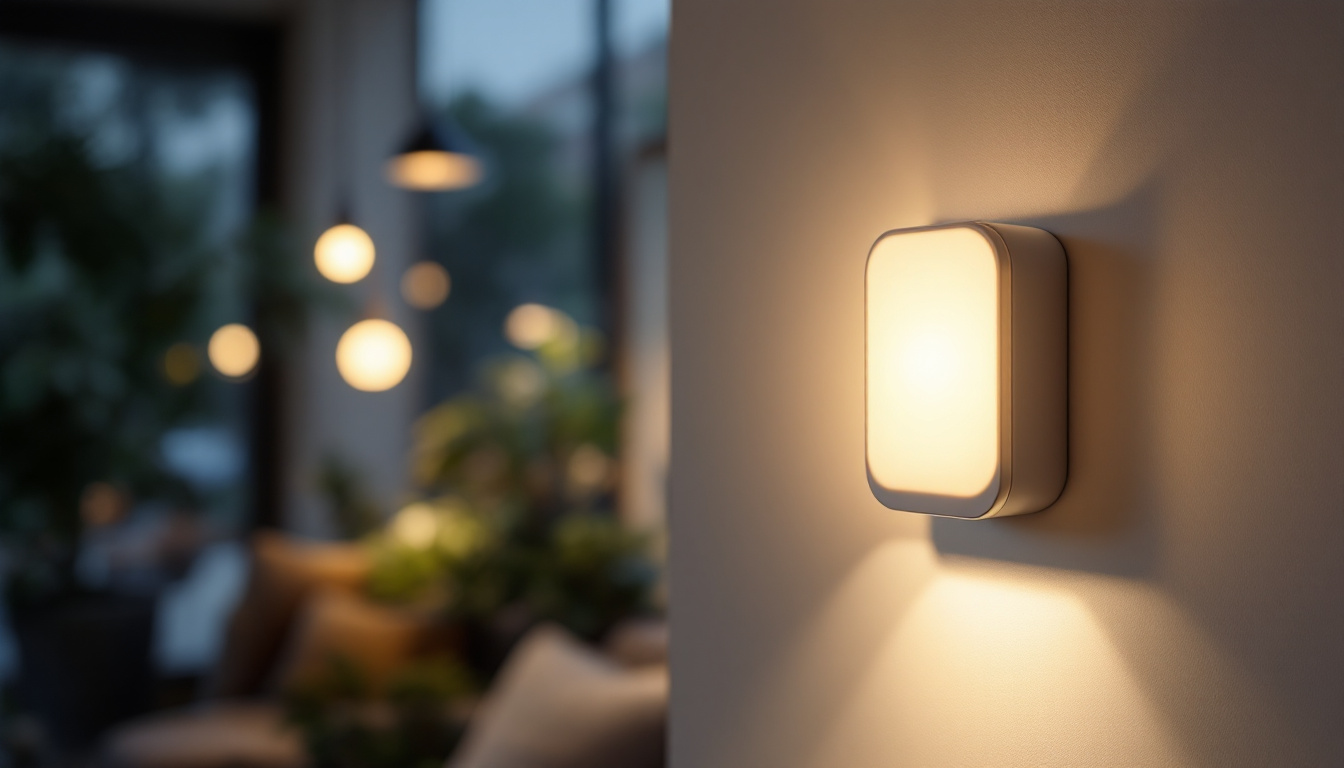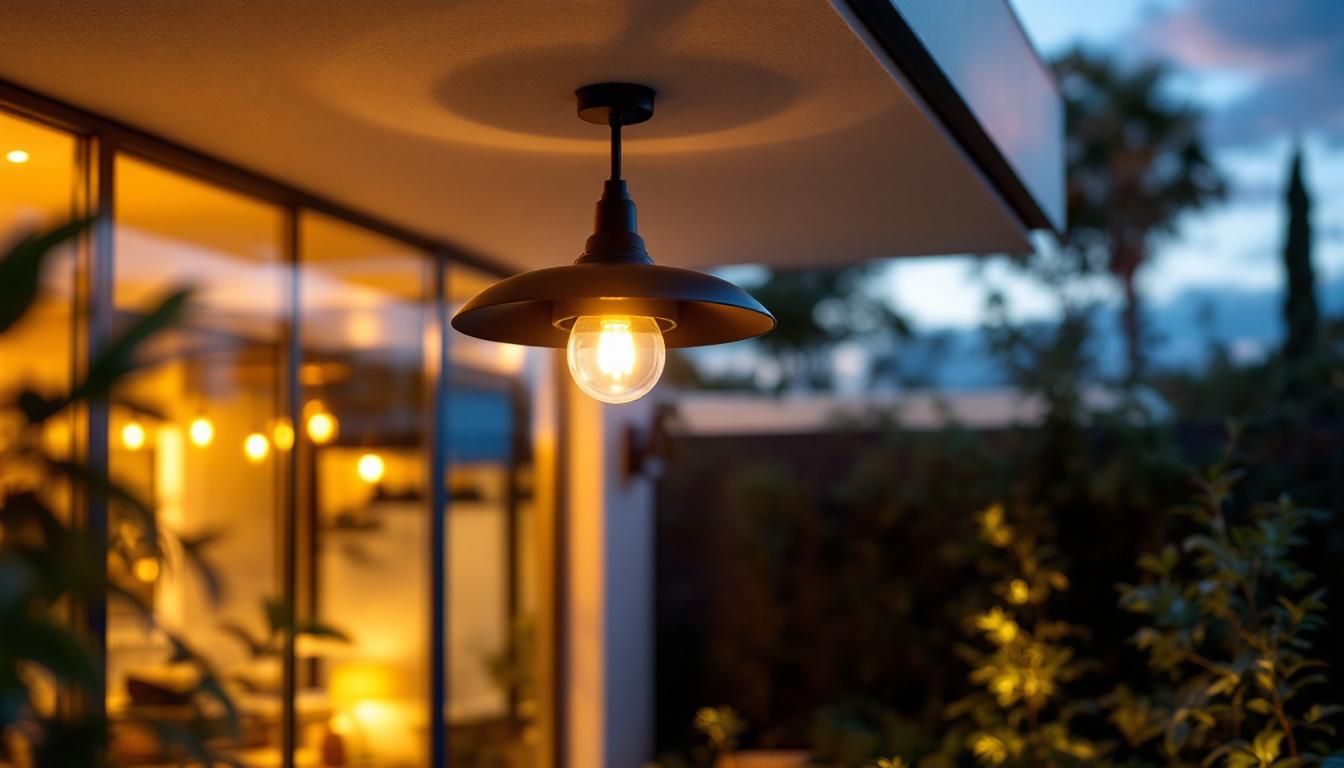
The lighting industry has undergone significant transformations in recent years, driven by advancements in technology and a growing emphasis on energy efficiency. For lighting contractors, understanding this evolving landscape is crucial for maximizing profitability. The shift towards sustainable and intelligent lighting solutions presents both challenges and opportunities that can significantly impact the bottom line.
As clients become increasingly aware of the benefits of energy-efficient lighting, contractors must adapt their offerings to meet these demands. This includes not only the selection of products but also the approach to installation and maintenance. By aligning with current trends, contractors can enhance their service offerings and ultimately improve profitability.
One of the most significant trends in lighting technology is the rise of LED lighting. LEDs are not only more energy-efficient than traditional incandescent bulbs, but they also have a longer lifespan, reducing the frequency of replacements. This transition to LEDs allows contractors to provide clients with solutions that save money over time, which can be a strong selling point.
Additionally, smart lighting systems are gaining traction. These systems allow users to control lighting remotely, adjust brightness, and even change colors based on their preferences. Incorporating smart technology into lighting installations can enhance customer satisfaction and open new revenue streams for contractors.
As environmental concerns continue to rise, the demand for sustainable lighting solutions is also increasing. Clients are looking for ways to reduce their carbon footprint, and lighting contractors can play a pivotal role in this transition. By offering energy-efficient solutions, contractors can not only meet client demands but also position themselves as leaders in sustainable practices.
Moreover, many governments and organizations provide incentives for energy-efficient installations, making it financially advantageous for clients to switch to sustainable lighting. Contractors who are knowledgeable about these incentives can help clients navigate the process, further solidifying their value as trusted advisors.
To maximize profitability, it is essential for lighting contractors to thoroughly assess client needs and expectations before proposing solutions. This involves understanding the specific requirements of each project, including the intended use of the space, aesthetic preferences, and budget constraints.
Effective communication is key during this assessment phase. Engaging with clients to discuss their vision and concerns can lead to more tailored solutions that not only meet their needs but also exceed their expectations. This personalized approach can enhance client satisfaction and foster long-term relationships, which are vital for repeat business.
Site assessments are a critical component of understanding client needs. By visiting the installation site, contractors can evaluate factors such as existing lighting conditions, architectural features, and potential obstacles. This hands-on approach allows for a more accurate analysis of what lighting solutions will work best in each unique environment.
During site assessments, contractors should take the time to discuss the client’s goals and preferences. This dialogue can reveal insights that may not be apparent through initial consultations, leading to more effective and customized lighting solutions.
Setting realistic expectations is essential for maintaining client satisfaction. Contractors should clearly communicate what is achievable within the client’s budget and timeline. This transparency helps to build trust and ensures that clients are aware of any limitations or challenges that may arise during the installation process.
Moreover, providing clients with a detailed project timeline and outlining each phase of the installation can help manage expectations. When clients understand the process and what to expect, they are more likely to be satisfied with the final outcome, leading to positive referrals and repeat business.
The selection of products is a critical aspect of maximizing profitability in lighting installations. Contractors must stay informed about the latest products and technologies to offer clients the best solutions. This involves evaluating various brands and understanding their performance, reliability, and warranty options.
Additionally, contractors should consider the long-term value of the products they recommend. While it may be tempting to choose lower-cost options to reduce upfront expenses, investing in high-quality products can lead to greater customer satisfaction and fewer issues down the line.
When selecting lighting products, performance should be a top priority. Factors such as lumens per watt, color rendering index (CRI), and lifespan are essential metrics that impact the overall effectiveness of lighting solutions. Contractors should prioritize products that offer superior performance, as these will not only meet client expectations but also enhance the contractor’s reputation.
Furthermore, understanding the specific needs of different spaces can guide product selection. For example, commercial spaces may require different lighting solutions compared to residential areas. Tailoring product choices to the unique requirements of each project can lead to better outcomes and increased client satisfaction.
Establishing strong relationships with suppliers can provide contractors with valuable insights into product availability, pricing, and emerging technologies. A reliable supplier can also offer support in terms of product training and troubleshooting, which can be beneficial during installations.
By fostering these relationships, contractors can ensure they have access to the best products on the market, enabling them to deliver high-quality installations that meet client needs. Additionally, suppliers may offer discounts or promotions that can further enhance profitability.
Efficiency in the installation process is crucial for maximizing profitability. Contractors should adopt best practices that streamline operations and reduce downtime. This includes planning the installation schedule meticulously and ensuring that all necessary materials and tools are on-site before work begins.
Effective project management can significantly impact the overall success of a lighting installation. By assigning clear roles and responsibilities to team members, contractors can ensure that tasks are completed efficiently and on time. This not only improves productivity but also enhances client satisfaction.
Incorporating technology into project management can greatly enhance efficiency. Various software solutions are available that allow contractors to track progress, manage schedules, and communicate with team members in real-time. By leveraging these tools, contractors can minimize errors and ensure that projects stay on track.
Additionally, technology can assist in inventory management, helping contractors keep track of materials and supplies. This can prevent delays caused by missing items and ensure that installations proceed smoothly.
Investing in training and development for staff is another way to streamline the installation process. Well-trained employees are more efficient and capable of handling challenges that may arise during installations. Providing ongoing training on new technologies and installation techniques can empower staff to deliver high-quality work.
Moreover, fostering a culture of continuous improvement encourages employees to seek out innovative solutions and share best practices. This collaborative environment can lead to enhanced performance and ultimately contribute to the profitability of the business.
To maximize profitability, lighting contractors must also focus on effective marketing and client acquisition strategies. In a competitive market, having a solid marketing plan can help contractors stand out and attract new clients. This involves utilizing various channels to reach potential customers and showcase the value of their services.
Digital marketing, in particular, has become an essential tool for contractors. A well-designed website, engaging social media presence, and targeted online advertising can significantly increase visibility and generate leads. By highlighting successful projects and client testimonials, contractors can build credibility and attract new business.
Social media platforms offer an excellent opportunity for contractors to connect with potential clients. By sharing project updates, tips, and industry news, contractors can position themselves as experts in the field. Engaging with followers and responding to inquiries promptly can also foster a sense of community and build trust.
Additionally, showcasing before-and-after photos of completed projects can visually demonstrate the impact of lighting installations. This type of content is highly shareable and can help reach a broader audience.
Building relationships with other professionals in the industry can lead to valuable partnerships and referral opportunities. Networking events, trade shows, and industry associations provide platforms for contractors to connect with architects, interior designers, and builders who may require lighting installation services.
Collaborating with other professionals can also lead to joint marketing efforts, expanding reach and visibility. By establishing a reputation as a reliable partner, contractors can increase their chances of being recommended to potential clients.
To ensure ongoing profitability, lighting contractors must regularly monitor and evaluate their performance. This involves analyzing key metrics such as project completion times, client satisfaction levels, and financial outcomes. By assessing these factors, contractors can identify areas for improvement and make informed decisions about future projects.
Additionally, seeking feedback from clients can provide valuable insights into their experiences. This feedback can help contractors understand what is working well and where adjustments may be necessary. By continuously striving for improvement, contractors can enhance their service offerings and maintain a competitive edge.
Establishing key performance indicators (KPIs) is essential for measuring success. These metrics can include project profitability, client retention rates, and the average time taken to complete installations. By tracking these KPIs, contractors can gain a clearer understanding of their business performance and make data-driven decisions.
Regularly reviewing KPIs can also help contractors identify trends and patterns that may impact profitability. For example, if a particular type of project consistently results in lower margins, contractors can investigate the reasons behind this and adjust their approach accordingly.
The lighting industry is constantly evolving, and contractors must be prepared to adapt to market changes. Staying informed about emerging technologies, regulatory updates, and shifts in consumer preferences is vital for maintaining competitiveness.
By being proactive and responsive to these changes, contractors can position themselves for success and capitalize on new opportunities. This adaptability can lead to increased profitability and long-term sustainability in the lighting installation market.
Maximizing profitability in lighting installations requires a multifaceted approach that encompasses understanding client needs, selecting the right products, streamlining the installation process, and implementing effective marketing strategies. By staying informed about industry trends and continuously improving operations, lighting contractors can enhance their service offerings and build lasting relationships with clients.
In a competitive landscape, those who prioritize quality, efficiency, and customer satisfaction will not only thrive but also contribute to the advancement of sustainable lighting solutions. As the demand for energy-efficient and intelligent lighting continues to grow, contractors who embrace these changes will be well-positioned for success in the future.
Ready to elevate your lighting installations and maximize profitability? Choose LumenWholesale for your next project. Our commitment to providing spec-grade lighting products at unbeatable wholesale prices ensures that you can deliver exceptional value to your clients without compromising on quality. With our extensive selection that meets the highest industry standards, free shipping on bulk orders, and no middleman markups, you can trust that you’re getting the best value for your investment. Take the first step towards a brighter future and explore our wholesale lighting options today.

Discover essential insights into fluorescent strip lights with our comprehensive guide tailored for lighting contractors.

Discover the advantages and drawbacks of pot light conversion kits for lighting contractors.

Discover how light sensors can revolutionize your lighting solutions by optimizing energy efficiency and enhancing ambiance.

Discover the essential guide for lighting contractors with our comprehensive handbook on outdoor light fixtures ceiling mount.